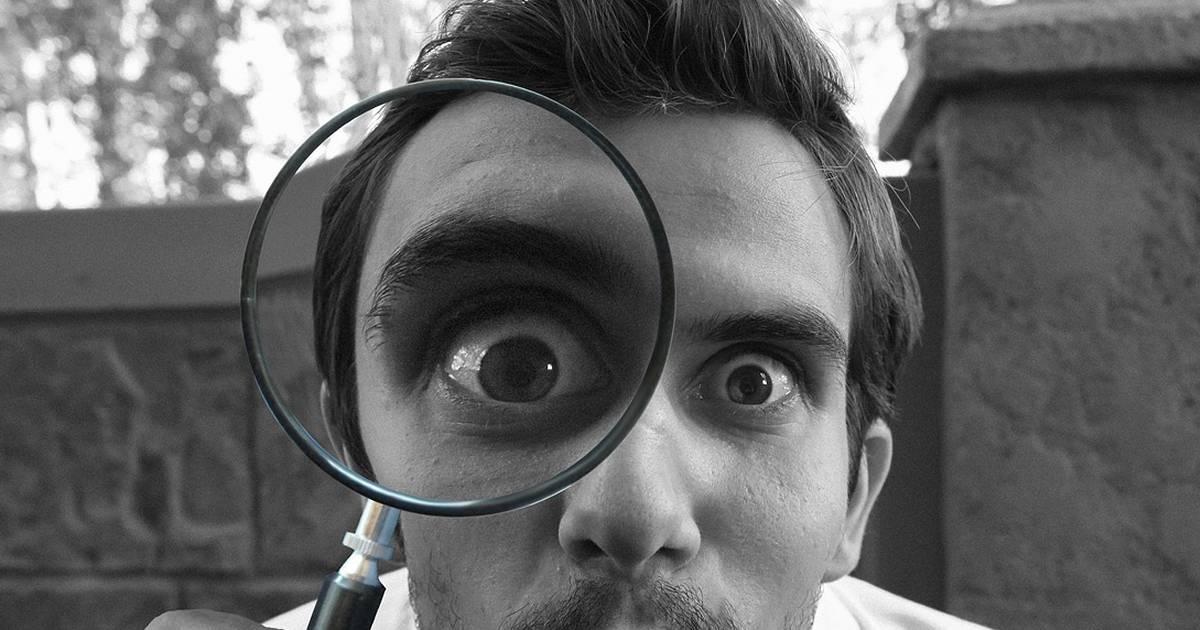
The agency tasked with oversight of Australia’s various renewable energy schemes – including the one that underpins Australia’s solar rebate – has added another tool to deter and detect dodginess.
The Small-scale Renewable Energy Scheme (SRES) is the primary reason so many Australians have been able to install solar power systems. It slashes the cost of installing solar panels through the “solar rebate“, which is based on Small-scale Technology Certificates (STCs).
There are all sorts of rules associated with STCs – and at times those rules are ignored by some installers and solar companies. It’s part of the Clean Energy Regulator’s role to maintain the integrity of the SRES and investigate instances of alleged fraud.
“Fraud and corruption can undermine public confidence and government policy, and can damage the reputation of the Clean Energy Regulator,” the agency states. ” We are committed to minimising the potential for, and the incidence of, fraud and corruption through implementing strong prevention and detection strategies.”
On Friday, the Clean Energy Regular announced it had integrated the Whispli whistleblower app, which will enable allegations of fraud to be lodged anonymously. As part of preserving anonymity, Whispli scrubs the IP address of those using the service. Additional tips provided for maintaining anonymity include not submitting a report from a computer connected to the network of the organisation the complaint is about.
Once submitted, the allegation is sent to a relevant member of the Clean Energy Regulator team who can then discuss it with the reporter while preserving their anonymity, assuming the reporter wishes to engage in such a discussion. From there, if the allegation has legs, it will undergo further investigation by the Regulator.
More information on reporting fraud to the Regulator can be found here.
Solar Installation Signoff Scrutiny
On a related note, the Regulator announced early this month that it had established a major taskforce to target Clean Energy Council-accredited installers who make false statements in relation to STC eligibility, following a warning of increased scrutiny in March.
A CEC-accredited solar installer must either perform an installation or appropriately supervise an installation being carried out by others. In the case of the latter, the CEC-accredited installer must be on-site at least during the set-up phase of the job, halfway through the install and at the point of installation testing and commissioning – and keep appropriate evidence.
Failure to be on-site when required can result in penalties including revocation of accreditation, court action and STCs improperly created being failed. However, this doesn’t mean the household for which the system is installed has to cough up the certificate (rebate) value or equivalent STCs; that falls to the infringing installer/company.
The Clean Energy Regulator states it has developed a “sophisticated analytical model” to identify installers deemed unlikely to have been on-site at the points required.
Fraud is a problem in any industry where subsidies are involved and while it may not be particularly rampant in Australia’s small-scale solar industry, it’s the tough stance taken by the Regulator that helps to minimise instances.

 RSS - Posts
RSS - Posts



Speak Your Mind